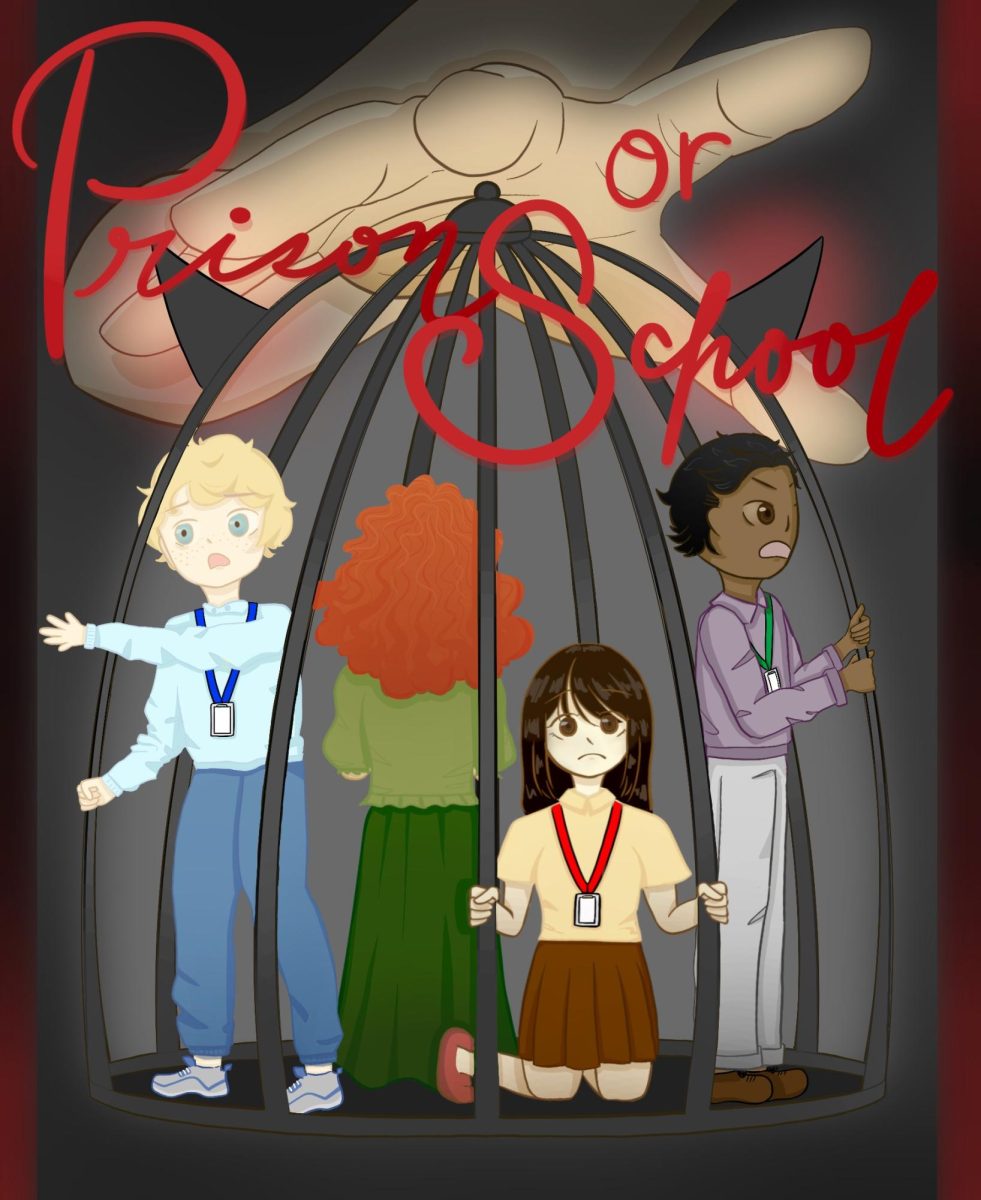Note: this article does not reflect the viewpoints of RDA, nor does it seek to undermine what the author understands are necessary security/safety measures put in the school. This is a work of satire.
“Sit down this instant!” a teacher yells as I trek to the media center desk for a tissue. I tremble. Do I risk my safety to blow my nose? The teacher’s gaze burns into the back of my head. I am being watched.
I resolve to sit back down, opening my Chromebook to finish a YouTube video essay I’d started last night.
White Arial font screams at me from the screen: “This has been blocked by your administrator”. Nothing enforces authority more than the default font. I slam the computer shut, looking over to my friend at the other table.
The teacher materializes behind me. “Don’t even think about it,” he says. “Student 234, you know it’s four students to a table. No. Matter. What.” He stares pointedly at me as I gaze at the empty space surrounding the expansive tables. I am being watched.
Realizing I’m late to a meeting, I march out of the media center, my identification tag swinging around my neck. I scan it on my way out, a soft beep confirming my release. As I exit, the teacher at the front admits another student in, and we nod grimly in passing.
…
In his book Discipline and Punish, Michel Foucault reflects on surveillance in the form of the Panopticon — a system where individuals never know if they are being watched or not.
Ridge High School seems to have taken detailed notes. We bear not only identical lanyards (complete with mugshot-like photos), but identical computers with identical profile pictures, and identical backgrounds. Stripped of our individuality, we are left with one choice: to conform, or to be punished.
Like guards seeking to prevent rebellion, communication is also banned. Phones are contraband; wireless headphones might as well be weapons. Even Google Chat–our lunchtime savior – is blocked. Our once-daily break is spent wandering the maze of cells, hoping to find a familiar face before the harsh bell condemns us to our classes.
But Ridge hasn’t left it there: if a phone is found, the main guards are summoned, and a laminated sign is placed on the door. This marks the classroom as contaminated, its students as deviant, and reminds us that conformity is our only path.
Even our architecture maximizes surveillance: narrow, straight hallways that allow teachers to stare down upon students; windows that often remained shuttered to prevent distraction; and teacher desks in the back of classrooms that ensure every Chromebook screen is watched.
All of it adds up to a system where entrance feels more like a surrender of autonomy than an embrace of creativity.
Which one are we: school or prison?

